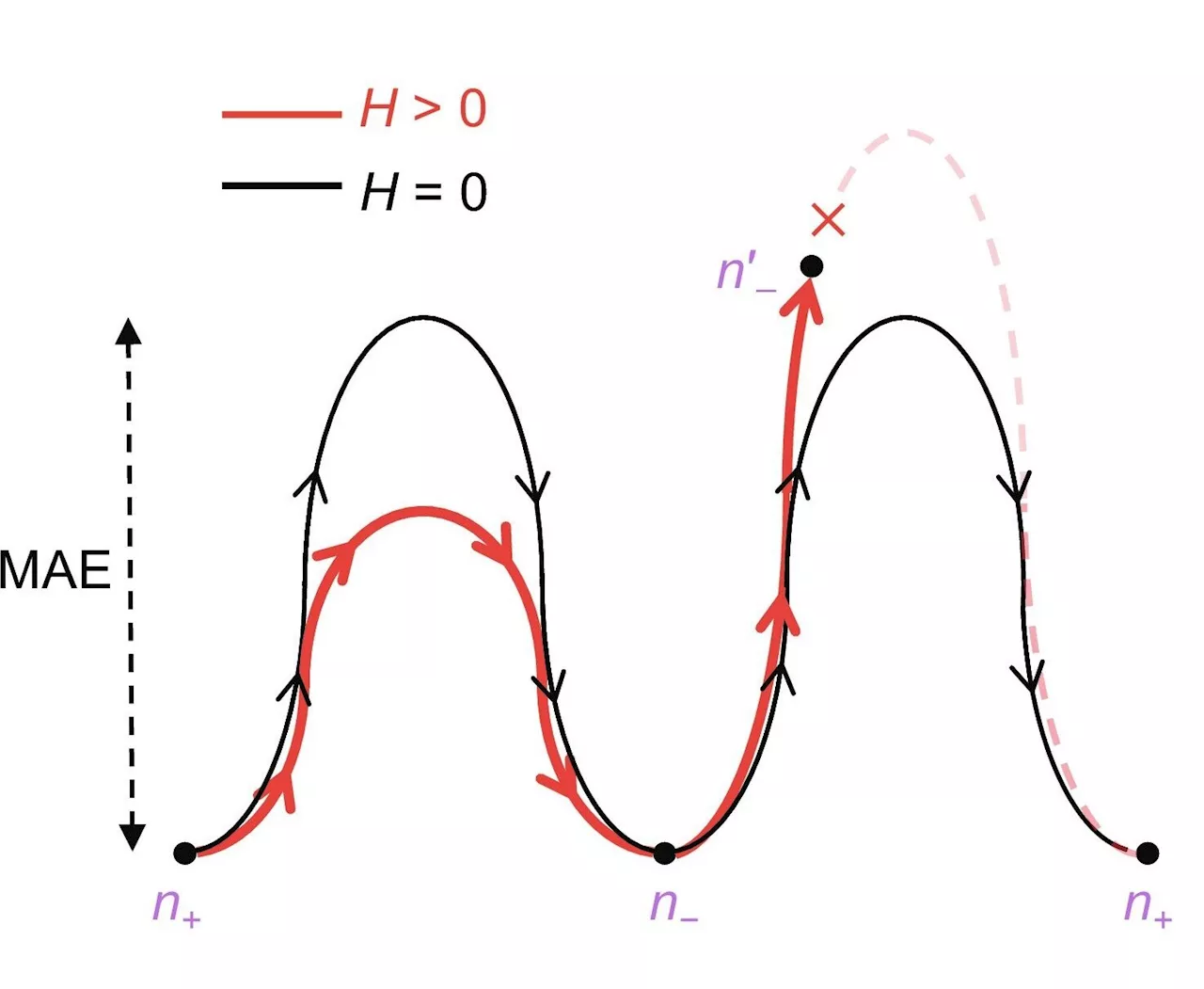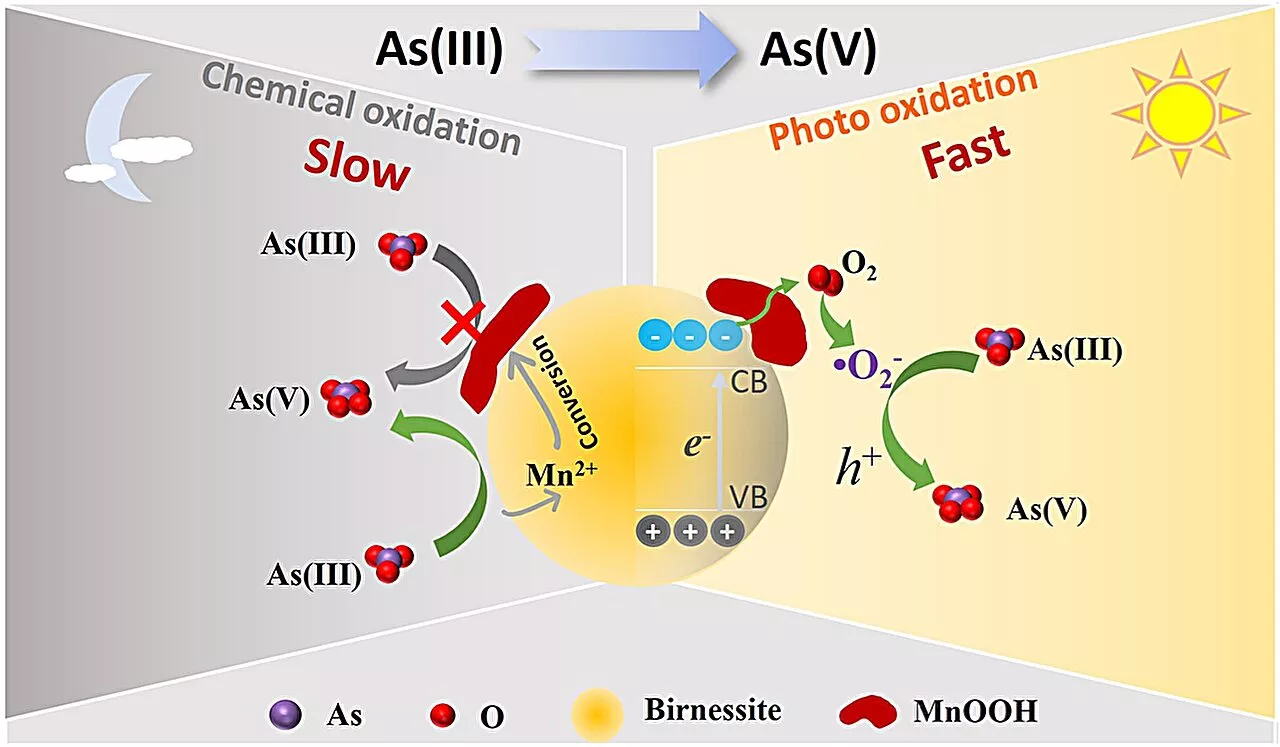Canadian researchers have developed a new 3D printing method called blurred tomography that can rapidly produce microlenses with commercial-level optical quality. The new method may make it easier and faster to design and fabricate a variety of optical devices.
Researchers harness blurred light to 3D-print high-quality optical components retrieved 9 May 2024 from https://phys.org/news/2024-05-harness-blurred-3d-high-quality.html
This document is subject to copyright. Apart from any fair dealing for the purpose of private study or research, no part may be reproduced without the written permission. The content is provided for information purposes only.Use this form if you have come across a typo, inaccuracy or would like to send an edit request for the content on this page. For general inquiries, please use ourThank you for taking time to provide your feedback to the editors.
Your feedback is important to us. However, we do not guarantee individual replies due to the high volume of messages.to let the recipient know who sent the email. Neither your address nor the recipient's address will be used for any other purpose. The information you enter will appear in your e-mail message and is not retained by Phys.org in any form.Get weekly and/or daily updates delivered to your inbox.
Physics News Science News Technology News Physics Materials Nanotech Technology Science
United States Latest News, United States Headlines
Similar News:You can also read news stories similar to this one that we have collected from other news sources.
 A new use for fiber optic lines: detecting earthquakes, Caltech researchers sayZhongwen Zhan, a geophysics professor at Caltech, and his team of researchers say they have found a way to use fiber optic cables to monitor earthquakes. He presented their findings this week.
A new use for fiber optic lines: detecting earthquakes, Caltech researchers sayZhongwen Zhan, a geophysics professor at Caltech, and his team of researchers say they have found a way to use fiber optic cables to monitor earthquakes. He presented their findings this week.
Read more »
 A new use for fiber optic lines: detecting earthquakes, Caltech researchers sayImagine repurposing underground fiber optic cables, typically used for delivering high-speed Internet to California residents, to detect and measure earthquakes. That is the focus of a recent resea…
A new use for fiber optic lines: detecting earthquakes, Caltech researchers sayImagine repurposing underground fiber optic cables, typically used for delivering high-speed Internet to California residents, to detect and measure earthquakes. That is the focus of a recent resea…
Read more »
 Researchers develop mechanism of electrical 180° switching of Néel vector in spin-splitting antiferromagnetA research team led by The Hong Kong University of Science and Technology (HKUST) and Tsinghua University has theoretically proposed a new mechanism of electrical 180° switching of Néel vector and experimentally realized it in antiferromagnetic materials with spin-splitting band structure featuring the C-paired spin-valley locking, also referred...
Researchers develop mechanism of electrical 180° switching of Néel vector in spin-splitting antiferromagnetA research team led by The Hong Kong University of Science and Technology (HKUST) and Tsinghua University has theoretically proposed a new mechanism of electrical 180° switching of Néel vector and experimentally realized it in antiferromagnetic materials with spin-splitting band structure featuring the C-paired spin-valley locking, also referred...
Read more »
 Researchers find natural manganite ores have significant effect on environmental behavior of arsenicThe ecological risk of pollutants is closely related to their environmental behavior. A research team led by Prof. Fan Qiaohui from the Northwest Institute of Eco-Environment and Resources of the Chinese Academy of Sciences conducted an in-depth study on the transformation process of As(III) on the surface of birnessite.
Researchers find natural manganite ores have significant effect on environmental behavior of arsenicThe ecological risk of pollutants is closely related to their environmental behavior. A research team led by Prof. Fan Qiaohui from the Northwest Institute of Eco-Environment and Resources of the Chinese Academy of Sciences conducted an in-depth study on the transformation process of As(III) on the surface of birnessite.
Read more »
 Cognitive decline may be detected using network analysis, according to Concordia researchersResearchers use network analysis to study whether it can reveal the subtle changes associated with subjective cognitive decline that cannot otherwise be detected through standard test analyses.
Cognitive decline may be detected using network analysis, according to Concordia researchersResearchers use network analysis to study whether it can reveal the subtle changes associated with subjective cognitive decline that cannot otherwise be detected through standard test analyses.
Read more »
 Researchers Take First Atomic-Resolution Images of Chiral Interface StateAn international research team has successfully taken the first atomic-resolution images and demonstrated electrical control of a chiral interface state, a quantum phenomenon that could advance quantum computing and energy-efficient electronics.
Researchers Take First Atomic-Resolution Images of Chiral Interface StateAn international research team has successfully taken the first atomic-resolution images and demonstrated electrical control of a chiral interface state, a quantum phenomenon that could advance quantum computing and energy-efficient electronics.
Read more »
